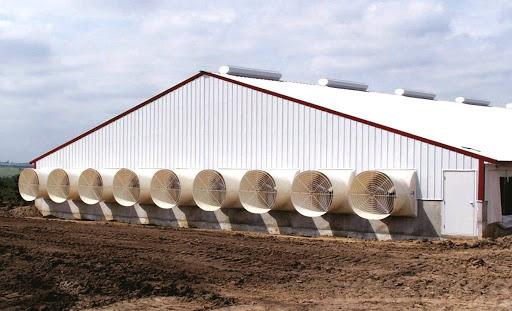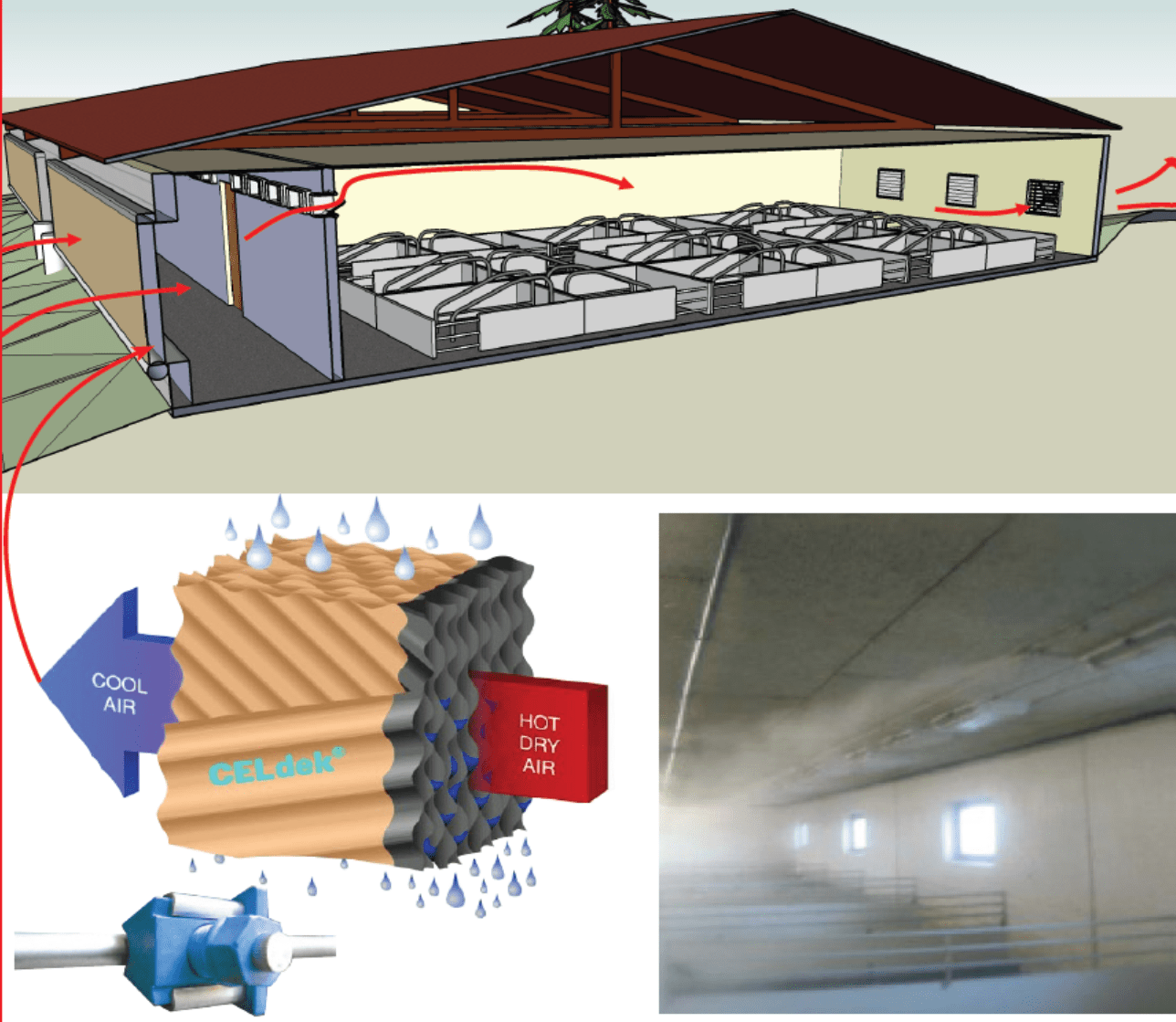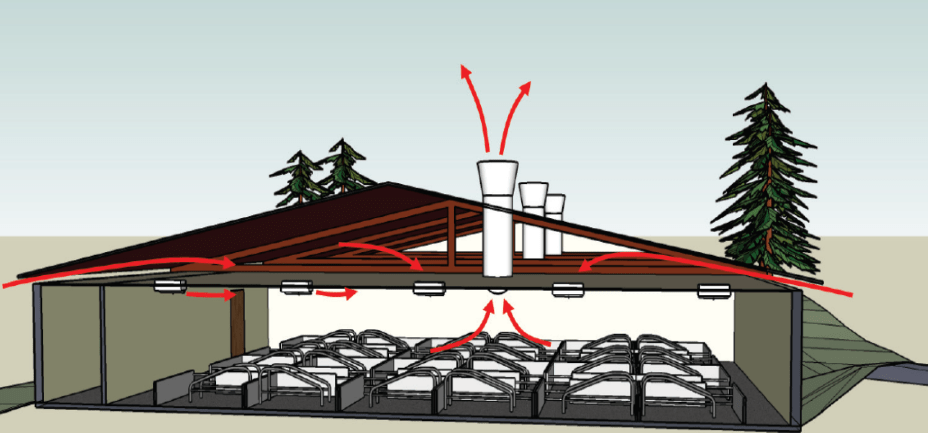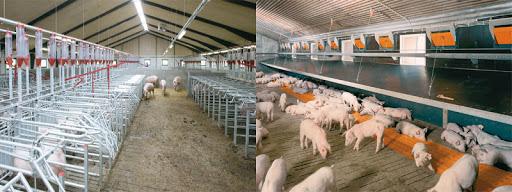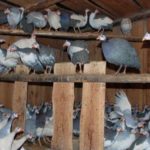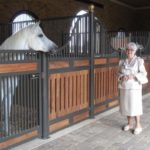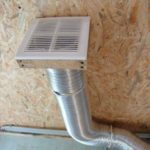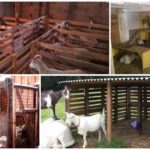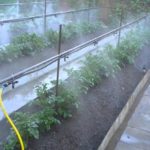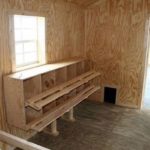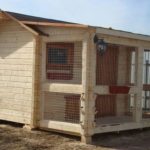Breeding pigs is considered a rather complex process that requires compliance with a number of conditions. One of the important parameters is the creation of a high-quality ventilation system in the pigsty. It helps maintain the desired humidity levels. Due to this, animals develop normally and do not get sick. Today there are many types of ventilation systems, each of which has its own pros and cons.
Why is ventilation needed in a pigsty?
The ventilation system performs the following functions:
- ensures the flow of oxygen into the room;
- maintains optimal humidity parameters;
- regulates temperature indicators;
- copes with unpleasant odors;
- removes ammonia and carbon dioxide.
Ventilation system options
Today there are 2 main types of ventilation systems. It can be natural and artificial.
Natural
With this option, holes are made in the walls or ceiling. They are presented in the form of windows or vents. It is recommended to create such elements at the construction stage. In addition to ordinary windows, pipes made of metal or plastic are often placed in the room. They should be mounted in the ceiling. It is important to consider that with this type of ventilation, air cannot circulate in calm weather.
Artificial
When using such a system, fresh air enters the room using special devices. They operate from the mains.
This type of ventilation does not depend on climatic conditions or the presence of wind. In addition, there are many modern devices that have additional parameters - they heat the room, control humidity, and purify the air.
Types of ventilation systems and their design
Ventilation systems can have different designs. Each type has certain pros and cons.
Roof (shaft)
This is a popular type of system. Roof ventilation operates thanks to the force of the wind. In this case, there is no need to install additional fans.
Transverse
When using such a system, valves are installed on one wall to bring in fresh air, and fans are placed on the second. They are placed symmetrically to each other.
Longitudinal
This type is similar to cross ventilation. But in this case, fans and supply units are located on the end walls. This ensures circulation along the barn.
Tunnel
The main difference between this type of ventilation is the use of blinds as an air supply device. They are located at the end of the room - opposite the fans. This helps to achieve active air circulation.
Diffuse
This type of ventilation implies the presence of additional side windows in the room. In this case, ventilation is carried out through supply valves and additional fans.
Tips for choosing
Each type of ventilation has its pros and cons. When choosing a system, consider the following:
- the volume of fresh air that comes from the street;
- air circulation in the room;
- location of the pigsty;
- number of livestock;
- room dimensions.
Specifics of winter ventilation
To arrange winter ventilation, holes should be made at a height of 50 centimeters from the floor. This will help avoid drafts. The air flow speed should be 0.25 meters per second. For winter it is permissible to use 0.3. At higher parameters and low temperatures there is a risk of hypothermia of animals. This will lead to their death.
When positioning the inlet openings, it is important to take into account that the cold flow should not blow on the pigs. In cold weather, you can additionally install incoming flow diffusers.
DIY installation
To install ventilation yourself, you should do the following:
- Make holes. They are designed for windows. Such holes are placed near the roof.
- Install fans on them.
- Place grilles on the outside and air dividers inside.
- Install shields that will stop the air flow during intense gusts of wind.
- Make a hole in the roof the same size as the pipe. Install it and secure it with fasteners.
- Install a deflector to increase traction force.
- Attach a protective umbrella to the pipe. This will help prevent dirt, leaves and sediment from getting into the system.
- Treat the cracks with polyurethane foam. This will help to achieve a sealed structure.
The organization of ventilation in a pigsty has a number of features.To maintain optimal humidity and temperature parameters in a room, it is important to choose the right type of system and follow the rules for its installation.




